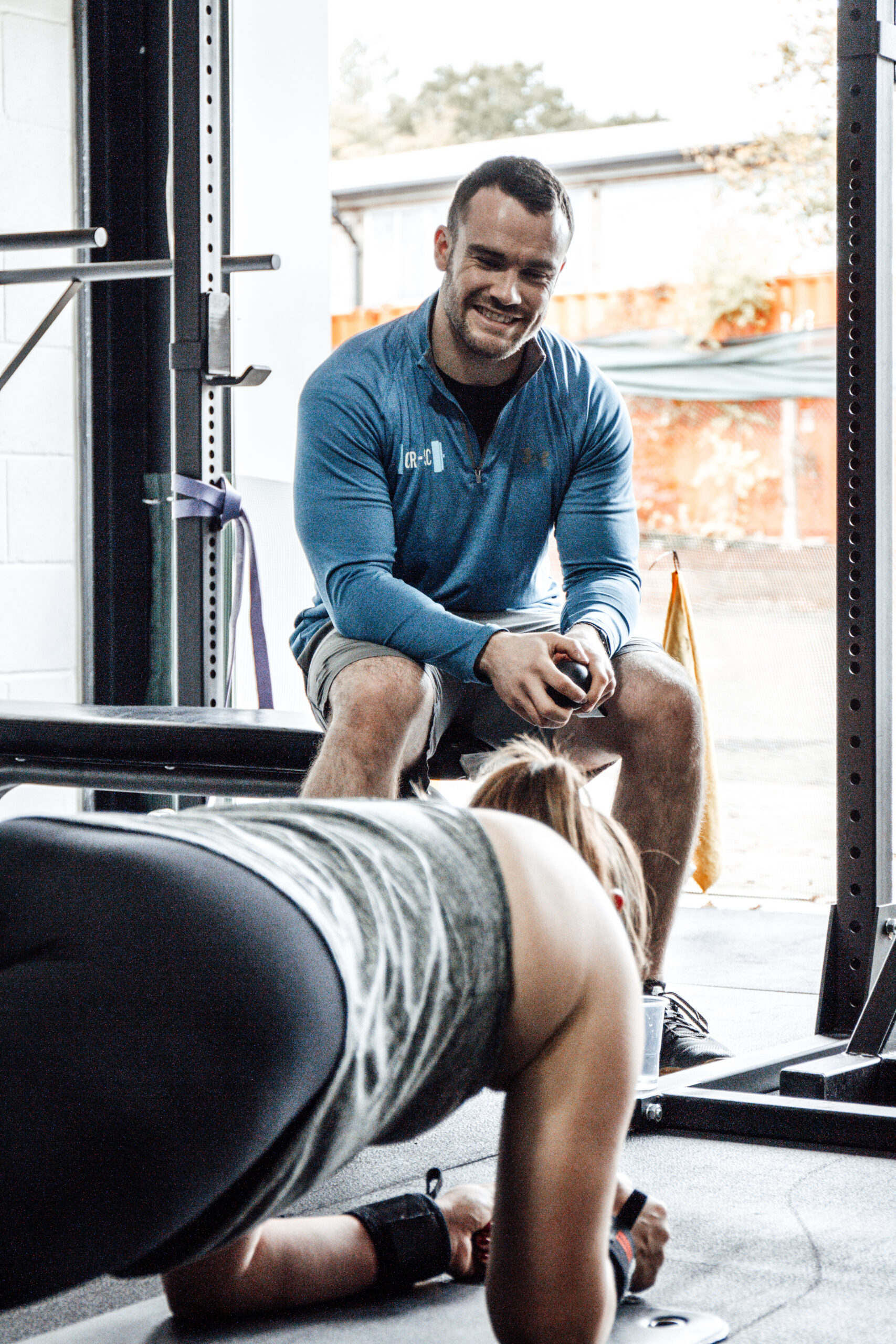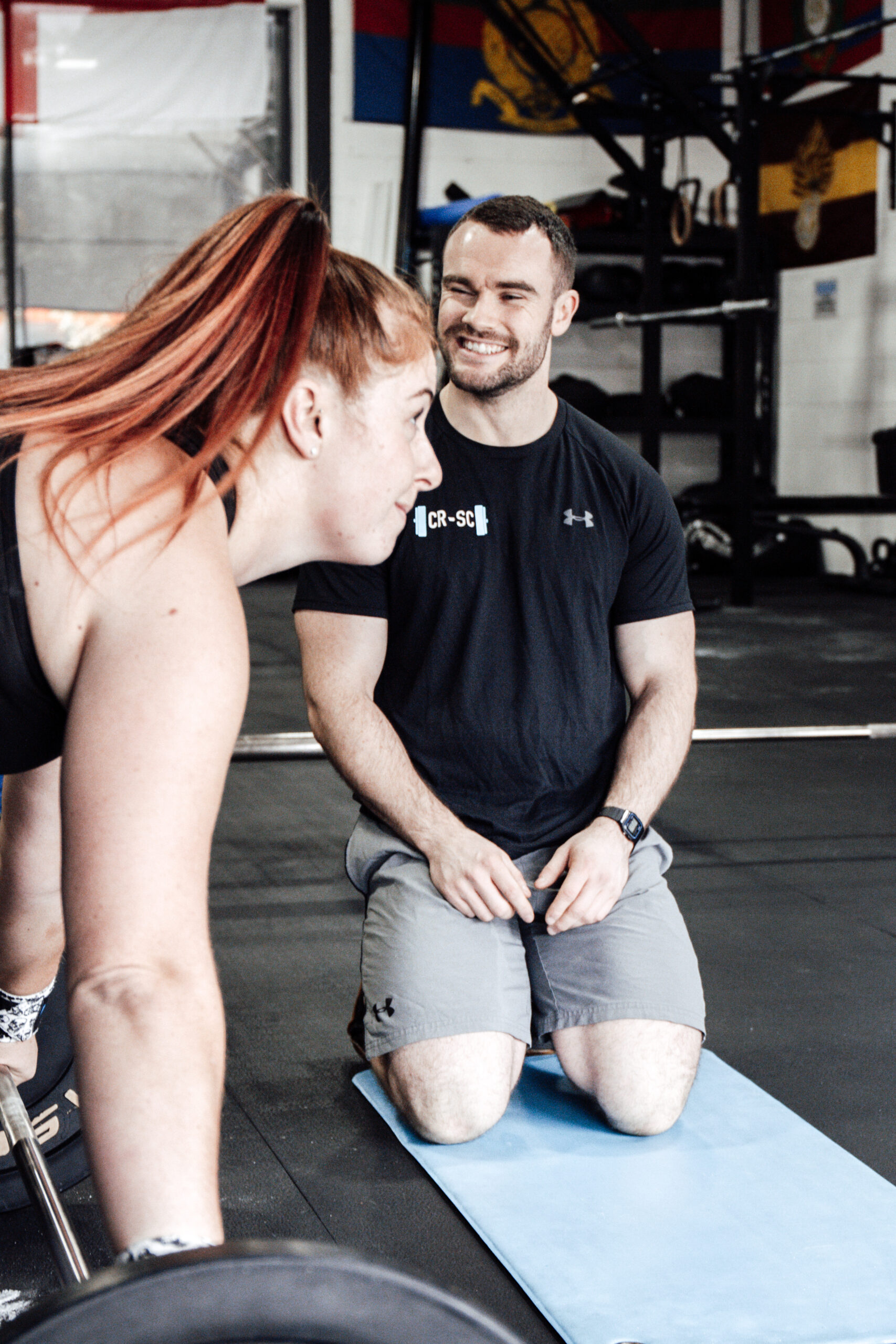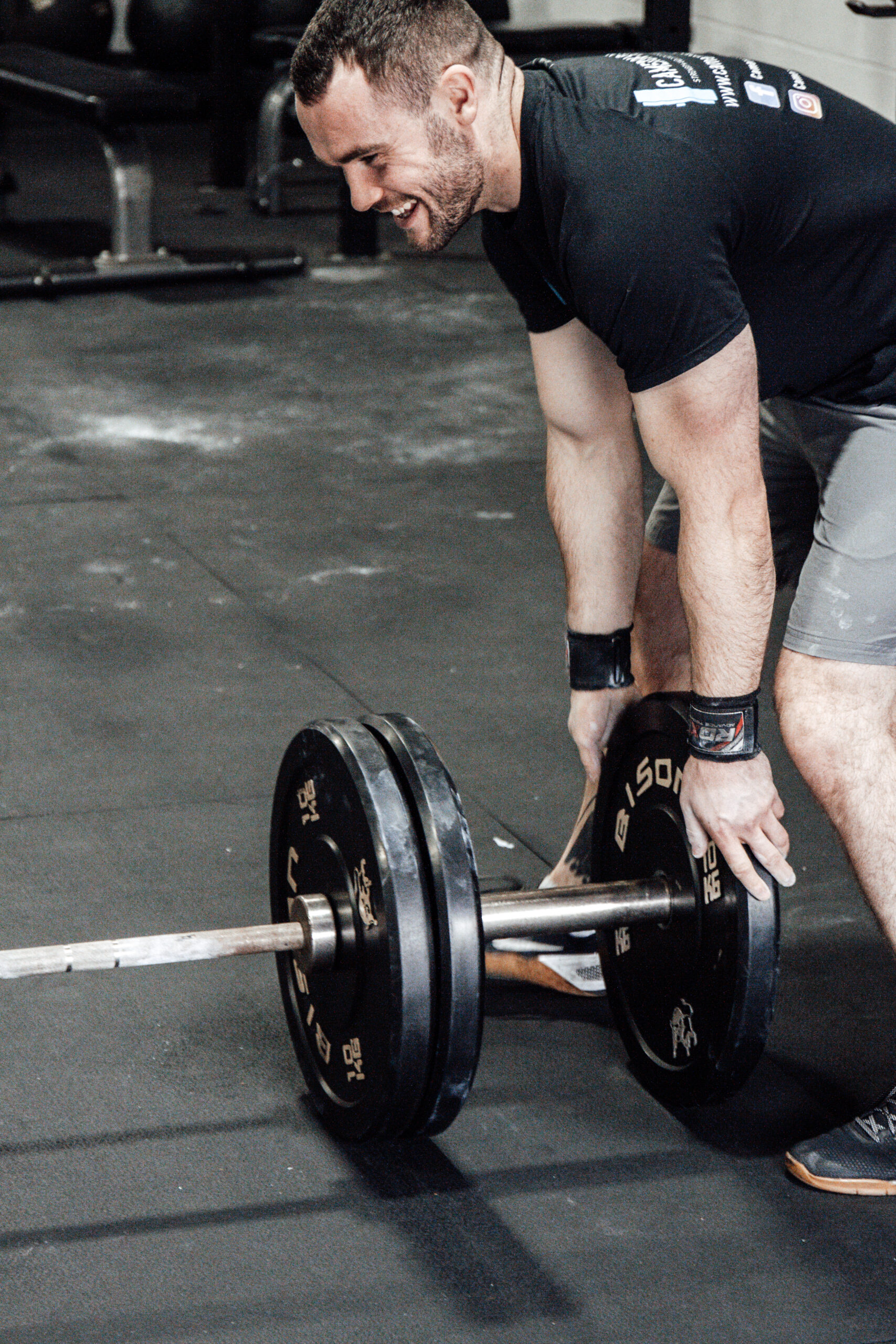
I’m sure we’ve all heard the news by now that indoor gyms will be opening April 12th (so long as everything goes to plan). And, with some positive news at last, I think it’s about time we dusted off the cobwebs and took a fresh look at our fitness and nutrition goals in time for the grand reopening next month.
With most people not having access to heaps of gym equipment at home during lockdown or have found themselves taking some unplanned months off of training, the chances are you’re going to feel a little bit rusty.
But, don’t panic!
As your local Basingstoke based personal trainer and nutrition coach, I wanted to create a series of blogs available to those who need a little push or could benefit from clear a step-by-step plan on what to start implementing now before gyms re-open.
Set your goals
Firstly, plan your goal. This goes without saying. A ship that sails without a compass will get lost at sea. Goal setting provides you with clarity and direction and will inevitably save you time in the long run. Remember, it’s okay if your goal has changed in the last few months, or if you’ve set yourself a series of new goals to meet. There is no right or wrong answer here.
We’ve got just under a month before gyms re-open so now is the perfect time to sit down with a coach and discuss your goals in further detail. Of course, it goes without saying that my services are open to anyone that feels they can benefit from them; whether that’s a general chit-chat or a more in-depth conversation.
Goal setting is categorised into three different areas: short-, medium- and long-term goals. For example, my long-term goal is adding the mass and improving my deadlift. My medium- and short-term goals would be the steppingstones on the road to the deadlift and mass gain. Easy once you break it down!
Long term goals
Long-term goal can be set from a period of months to a year or two.
It’s easier to ask yourself the question of where you’d want to be in a year’s time? Is your end goal to be lifting heavier weights for example? Or do you simply just feel fitter and healthier in yourself?
The reason why we set the largest and biggest goals over the course of months or years is because our human physiology takes time to bring about change. What’s that famous saying, Rome wasn’t built in a day – and that’s absolutely applicable here!
I’m sure we’re all guilty for expecting results to happen instantly but unfortunately our physiology hasn’t been able to adapt as quick as the technological advances in modern society. We have countless services at the touch of a button; streaming services, free next day deliveries and fast food, these are all products we expect a quick turnaround on. But, the results we expect in the gym are not comparable.
It’s important to work backwards from our long-term goal. Once you’ve found the finished product so to speak, start to reverse engineer how you’re going to get there. Plot the road map to your destination as I like to say.

This is where our medium-term and short-term goals come into play.
Medium goals
Medium goals help with breaking down the long term into significant achievable landmarks on the journey to your destination. This helps us keep accountable to the long-term progress. Achieving smaller landmarks in the grand scheme of things allows us to tweak the direction of the programme if goals change. Usually, a medium-term goal could be anywhere between one-six months.

Short-term goal
Finally, our short-term goals are the achievement we want to be hitting on a daily-weekly basis.
These small and meaningful goals are what help us undoubtably in the long run. These small goals build habits and consistency which over time help make these big desired changes we all want.
These types of goals tend to be more day-to-day activities. Whether it’s getting your macros sorted or fixing your poor sleeping habits or even getting back into training, all of these small actions make larger and more meaningful changes over time.
My advice? … stick with these.
We’ve got to be able to walk and get the basics right before we can run!
How I apply goal setting to my life – an example
I’ll talk you through my step-by-step goal setting process which I take clients through and use myself as an example so you can see how to go about doing this yourself.
My overall goal is to add 3kg of muscle mass (if it has a bit of body fat to go with it I won’t be heartbroken) and to improve my deadlift and try to get back to last year’s PB (personal best) of 225kg. As you can see the two goals are complimenting each other. To improve on my strength, I can afford to put on a bit of mass to essentially get bigger muscles which can provide larger amounts of force as well as getting me into a calorie surplus so I feel fuelled and can train optimally.
The time frame I give myself has to be realistic. Let’s give myself a 6-month window of solid training.
Currently my deadlift is around 20kg off of my best, and the increase in weight will come about from solid nutritional habits. The means of tracking my goal will come down to technical max out sessions at the end of each block, which means I have to periodise my programme (plan it out effectively over the 6-month window).
Consistent progress pictures and weight on the scale. I could add body fat skinfold analysis, but I can’t do this on myself, and in the world of social distancing I’ll have to leave this for the time being, so I’ll have to go on subjective markers like how I feel, what’s going well which I’ll have to be honest with.
Finally getting onto the scales bi-weekly and seeing the progress in terms of adding mass. The constant measurements again breakdown the long-term goal into smaller and more manageable chunks where I can tick off each part of the process before progressing onto the next part of the journey. I’ll keep a food diary and track my calories in order to give myself the best possible chance of achieving this, as well as giving myself enough fuel in order to progress my strength.
What can you take away from this?
It’s simple really!
When planning your goal, you want to split the goal into three types of goals; short-, medium- and long-term goals. The reason for this is to get you thinking about all stages of the timeline.
We first pick our long-term goal and look at the bigger picture. Then we need to focus on working backwards from the end point to where we are now. This is done by writing down our medium- and short-term goals. Think of it as small and more manageable steppingstones when crossing a river.
Ultimately, if someone told us we had to jump across a river in one go it would be highly unrealistic and near enough impossible depending on the size of the river (like the goal you have in mind) so, as I say ‘slow and steady wins the race!’!

If you’re based in Basingstoke or the surrounding areas and are wanting to work with a personal trainer and nutrition coach, please don’t hesitate to reach out to me on cameron.ralphpt@outlook.com or via mobile on 07906682080. Online coaching is also available for those who don’t yet feel comfortable getting back in the gym.
